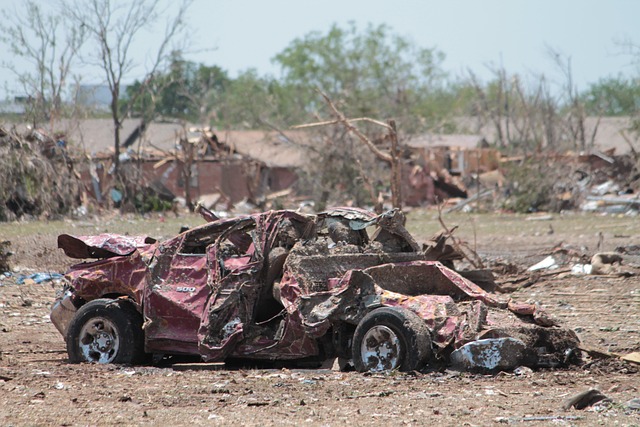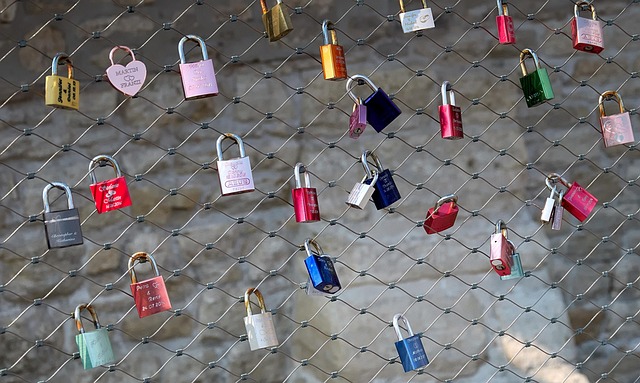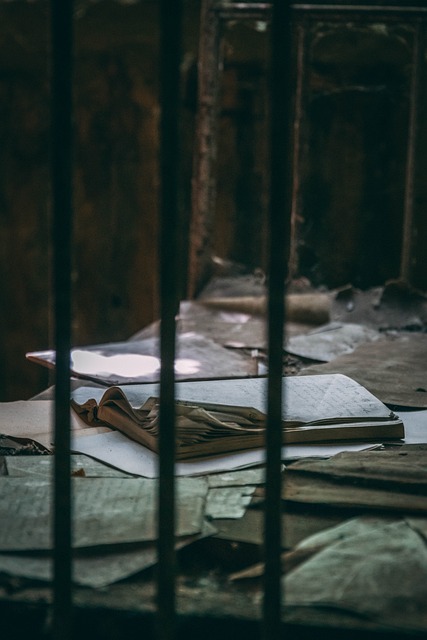Real estate structures face growing environmental threats, necessitating vulnerability assessments to identify weaknesses like structural deficiencies and natural hazard exposure. Advanced inspections and technologies uncover hidden issues. Targeted improvements based on findings enhance resilience through upgraded building codes, maintenance programs, and innovative eco-friendly designs. Resilient strategies include robust materials, adaptable layouts, green roofs, strategic land use, and permeable surfaces. Community preparedness educates residents about hazards, fosters collective responsibility, and contributes to local disaster response.
In today’s world, real estate structures face escalating environmental threats—from extreme weather events to rising sea levels. This article explores comprehensive strategies to reinforce these structures and safeguard communities. We delve into assessing vulnerabilities in real estate assets, implementing resilient design principles, and fostering community preparedness. By adopting innovative approaches, the industry can enhance sustainability and mitigate risks, ensuring a secure future for both properties and residents.
Assessing Vulnerabilities in Real Estate Structures

Assessing vulnerabilities in real estate structures is a critical step in reinforcing them against environmental threats. It involves a thorough examination to identify weaknesses and potential risks, such as structural deficiencies, aging infrastructure, or exposure to natural hazards like earthquakes, floods, and storms. By conducting detailed inspections and leveraging advanced technologies like drones and thermal imaging, professionals can uncover hidden issues that may compromise the integrity of buildings.
This process includes evaluating the quality of construction materials, checking for signs of corrosion or decay, and assessing the overall stability of foundations and frameworks. Once vulnerabilities are identified, targeted improvements can be made to strengthen these areas. Upgrading building codes, implementing robust maintenance programs, and adopting innovative construction techniques are key strategies to enhance the resilience of real estate structures against ever-changing environmental conditions.
Implementing Resilient Design Strategies

In the face of growing environmental challenges, implementing resilient design strategies has become a game-changer in the real estate sector. These strategies are designed to protect structures and communities from natural disasters, extreme weather events, and other environmental threats, ensuring their longevity and sustainability. Architects and developers are increasingly incorporating eco-friendly materials, energy-efficient systems, and adaptable designs to build structures that can withstand harsh conditions. For instance, using resilient roofing materials that offer better protection against wind and rain, or designing buildings with flexible layouts to accommodate future climate changes, are innovative approaches gaining traction in the industry.
Resilient design goes beyond structural enhancements; it also emphasizes the integration of green spaces and natural barriers. Incorporating green roofs, for example, can help insulate buildings, reduce heat absorption, and mitigate flood risks. Additionally, strategic land use planning that includes buffer zones and permeable surfaces helps to manage stormwater runoff, enhancing the overall environmental resilience of real estate developments. These strategies not only safeguard properties but also contribute to a more sustainable and harmonious coexistence with nature.
Community Preparedness: A Key Defense Against Environmental Threats

Community preparedness is a vital aspect of safeguarding against environmental threats, especially in regions where real estate development is booming. As we construct new homes and urban areas, it’s crucial to involve the entire community in creating sustainable and resilient ecosystems. By empowering residents with knowledge about potential hazards like natural disasters, pollution, or climate-related challenges, they can become active participants in their own protection.
This proactive approach fosters a sense of collective responsibility. Residents can learn to identify early warning signs, follow safety protocols, and even contribute to local disaster response efforts. For instance, community gardens and green spaces not only enhance the aesthetics of neighborhoods but also serve as educational hubs, teaching residents about sustainable practices and the importance of preserving their local environment.






